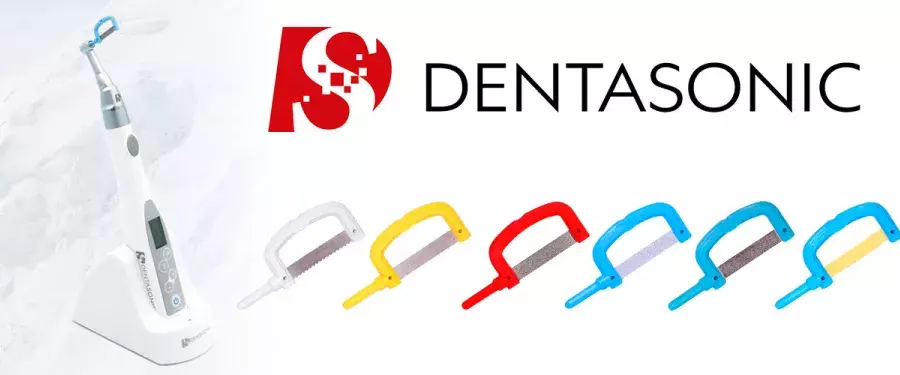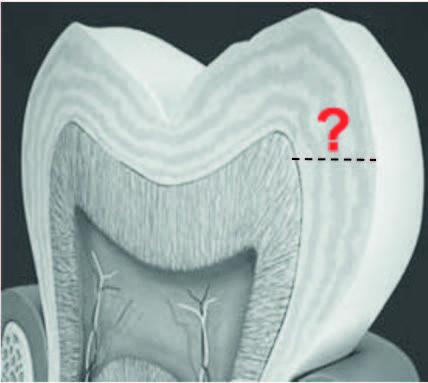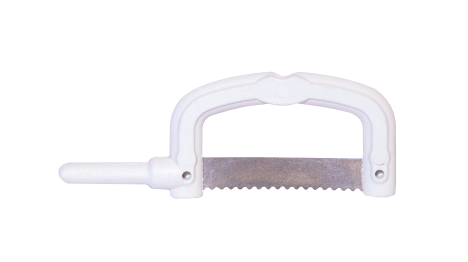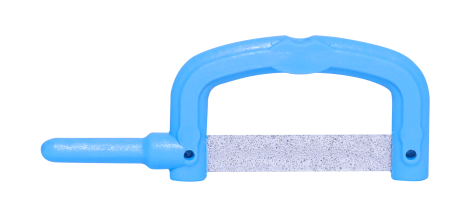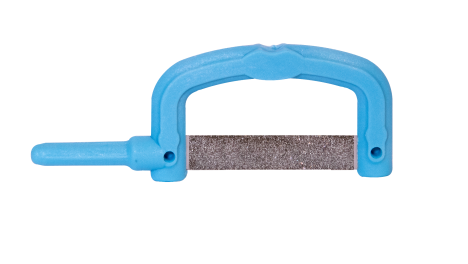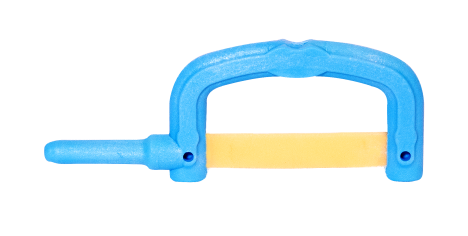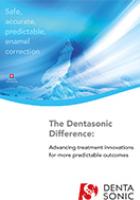IPR for Aligners with Dentasonic
Safe, accurate, predictable, enamel correction
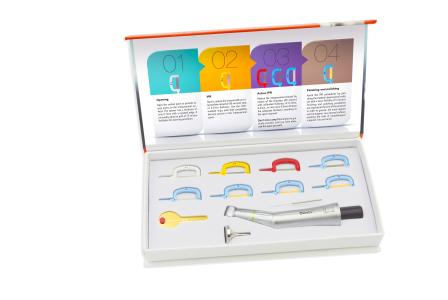
The Dentasonic Difference:
Advancing treatment innovations for more predictable outcomes
1. Quick, safe through the contact point
Our thin saw is designed in order to avoid any cuts on soft tissue;
really effective to quickly and safely open the interproximal area
and to control the contact point.
2. Gentle correction or reduction of the Enamel
Precise and safe tools with less agressive diamond grit, to reduce
vibration feelings during treatment, and quite less treatment time,
so more comfortable and totally safe for the patient.
3. Predefined thickness classes 0.1 to 0.5mm
Defined according to different thickness classes. Simply and safely
remove exactly the necessary amount of enamel, avoiding any over
reduction.
4. Perfect final polishing
Final polishing with PoliStrip that guarantee you a perfect polished
treated zone, even smoother than natural enamel. No issues about
caries.
Discover more at https://denta-sonic.com/

